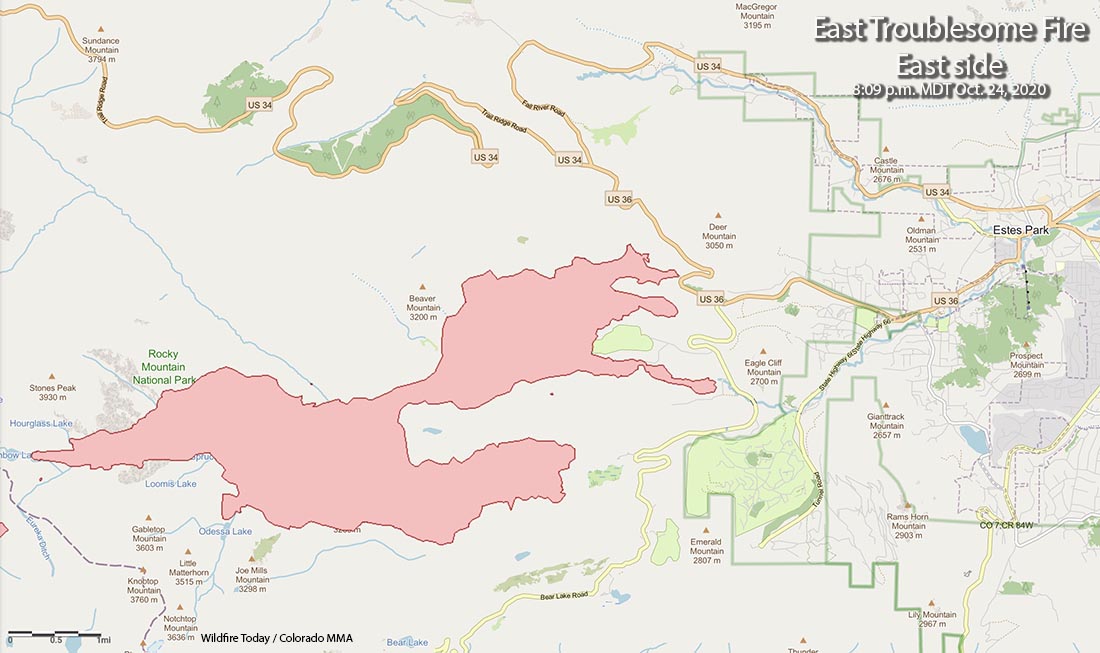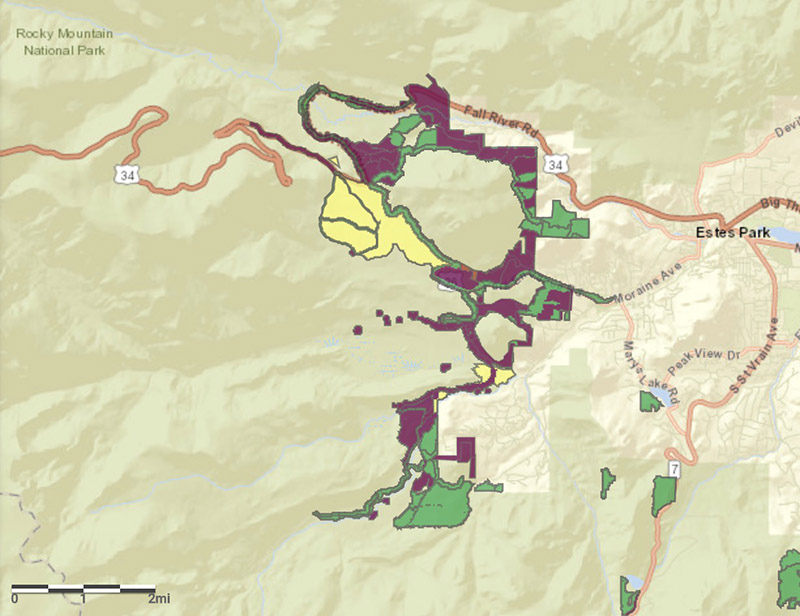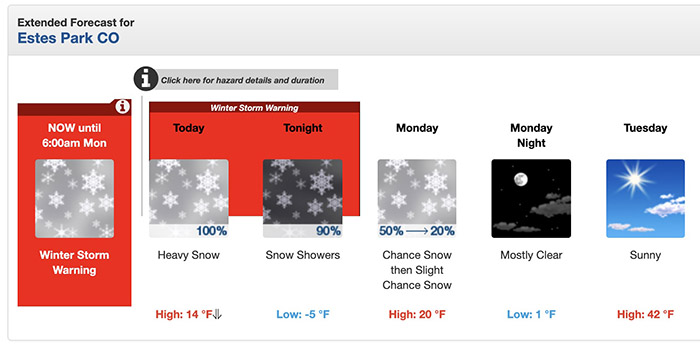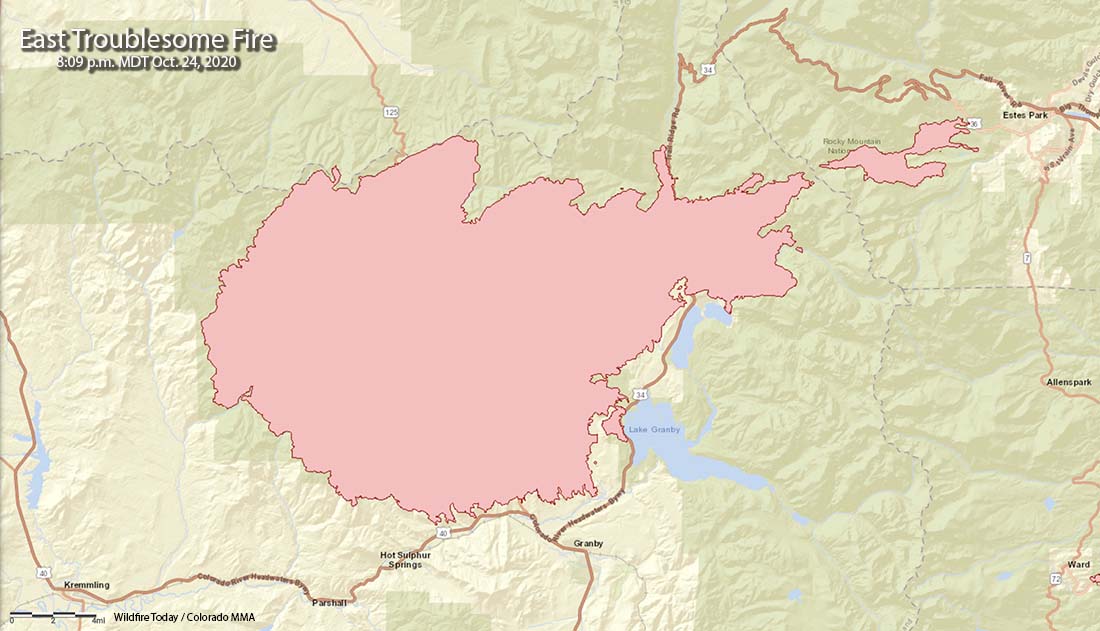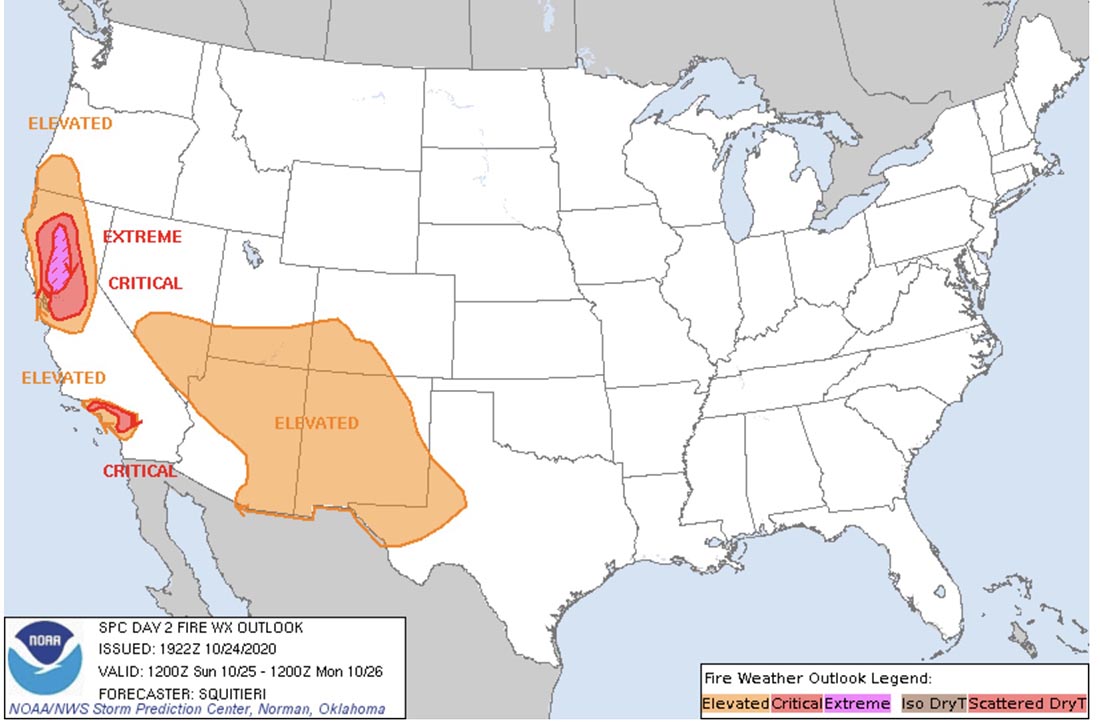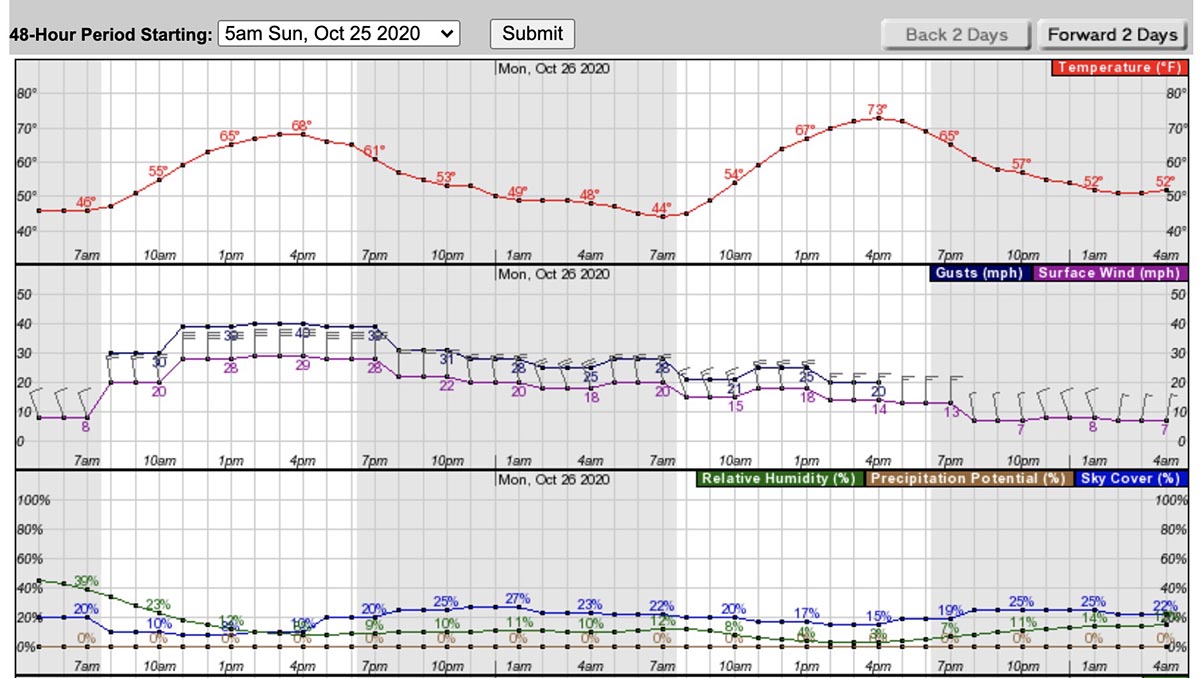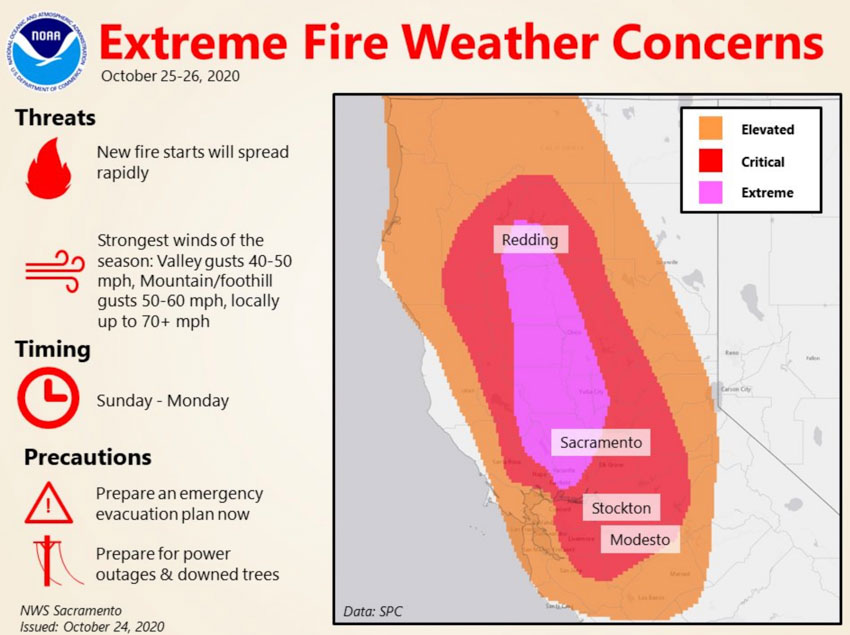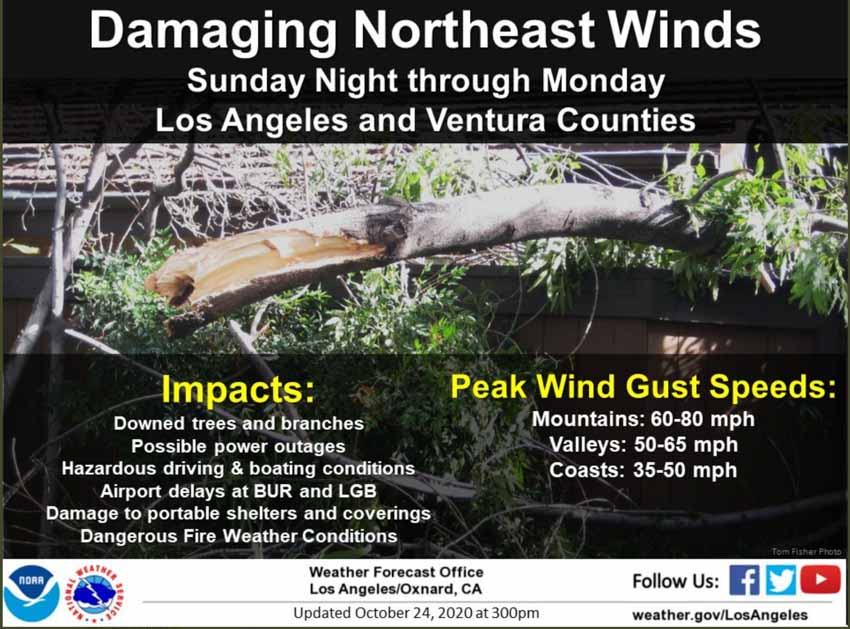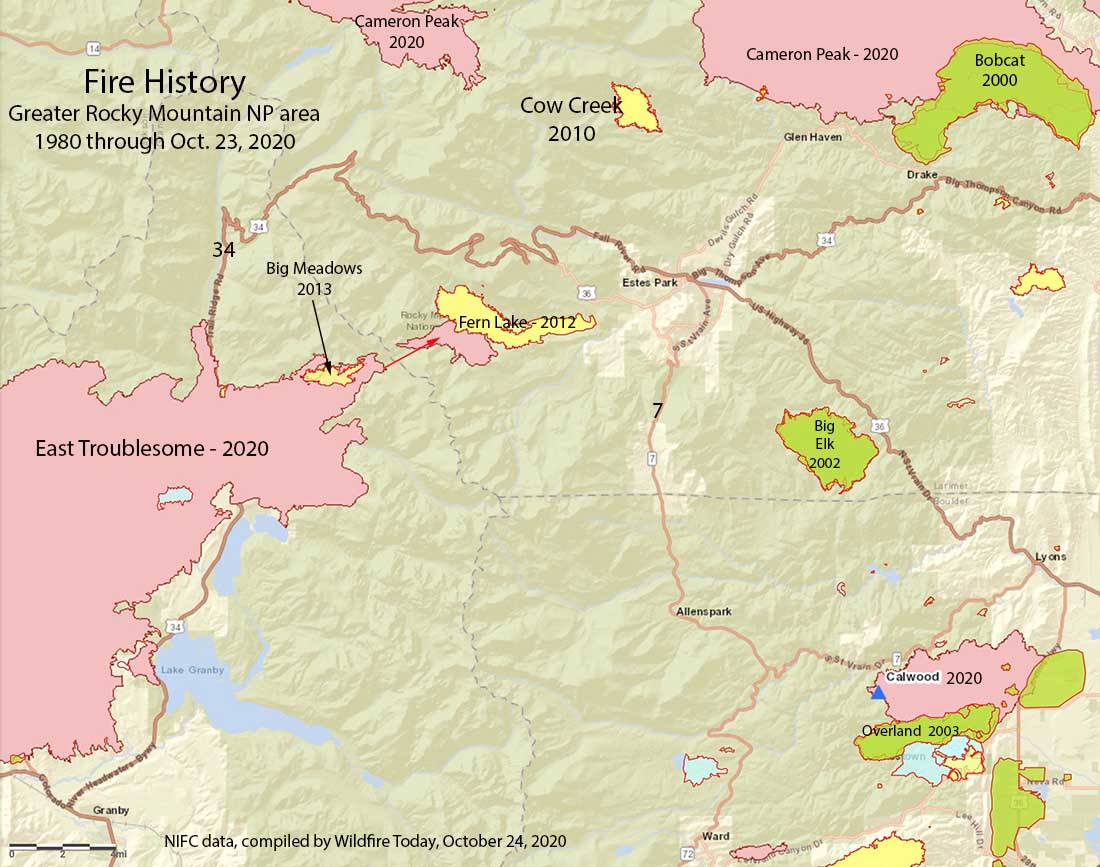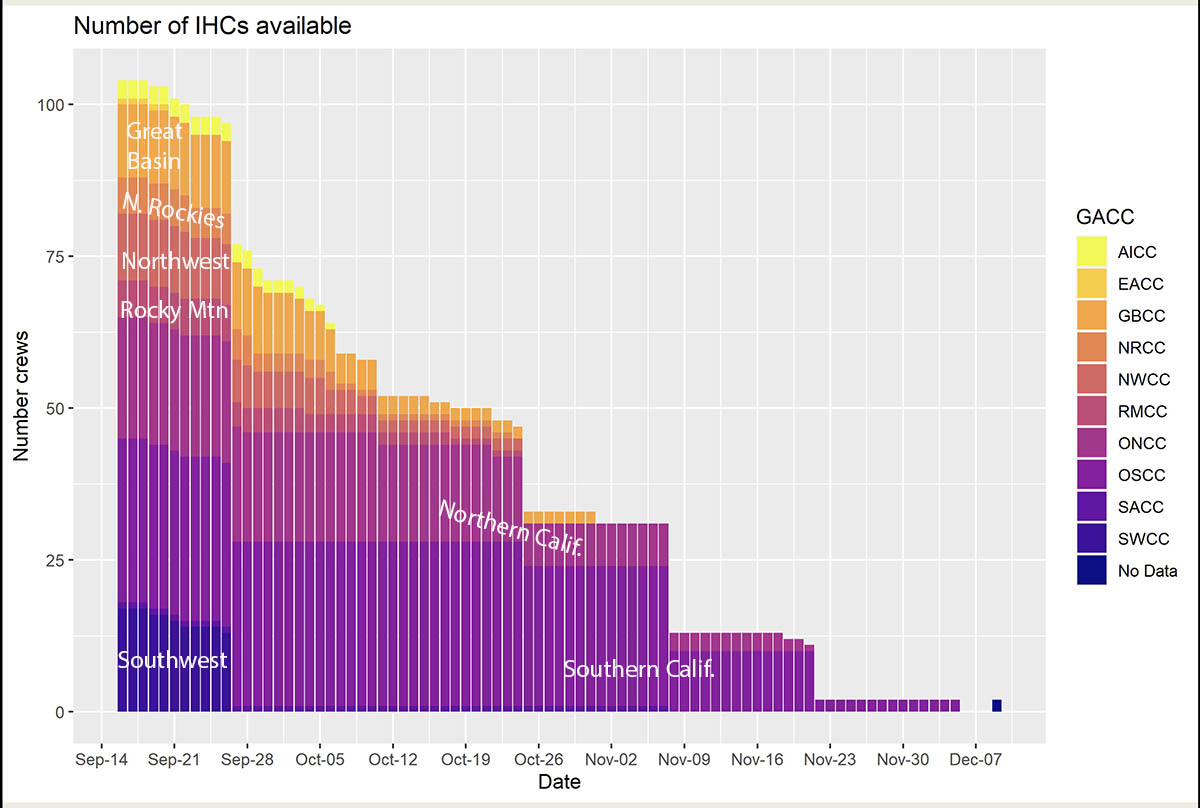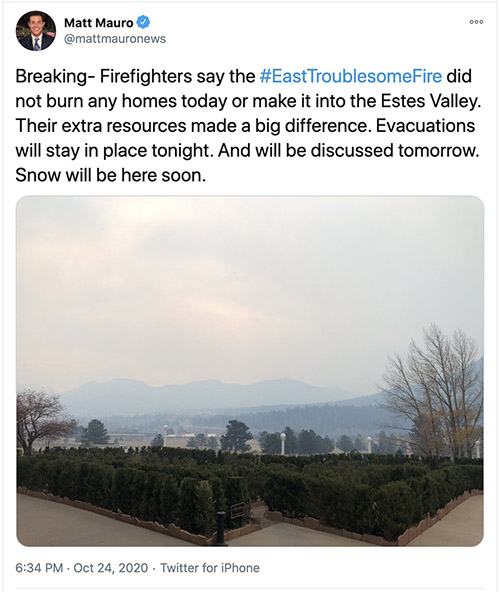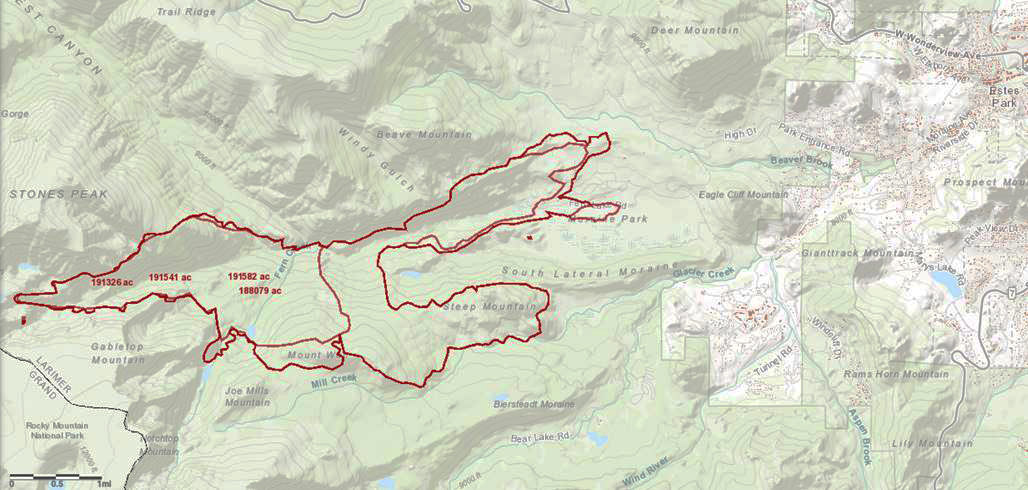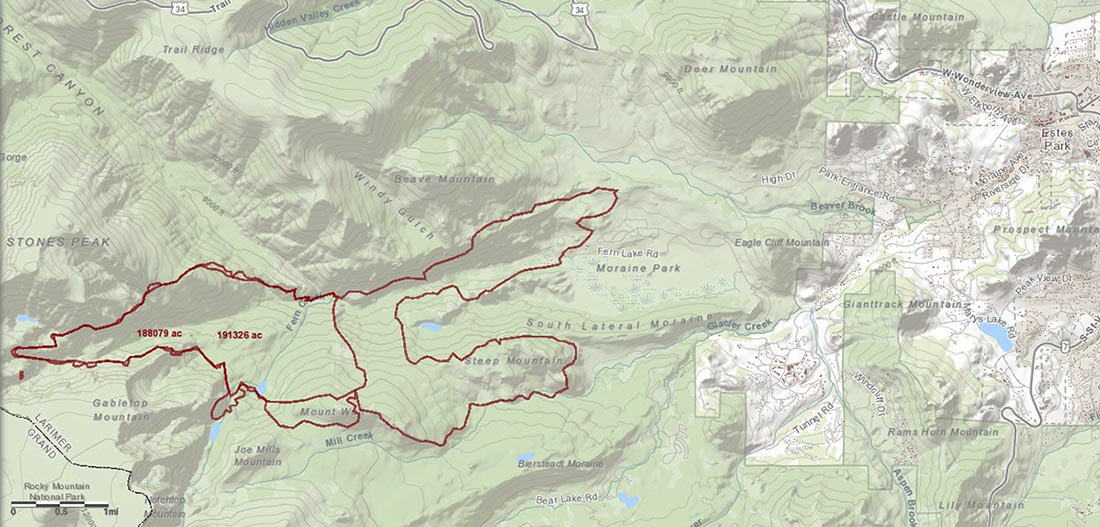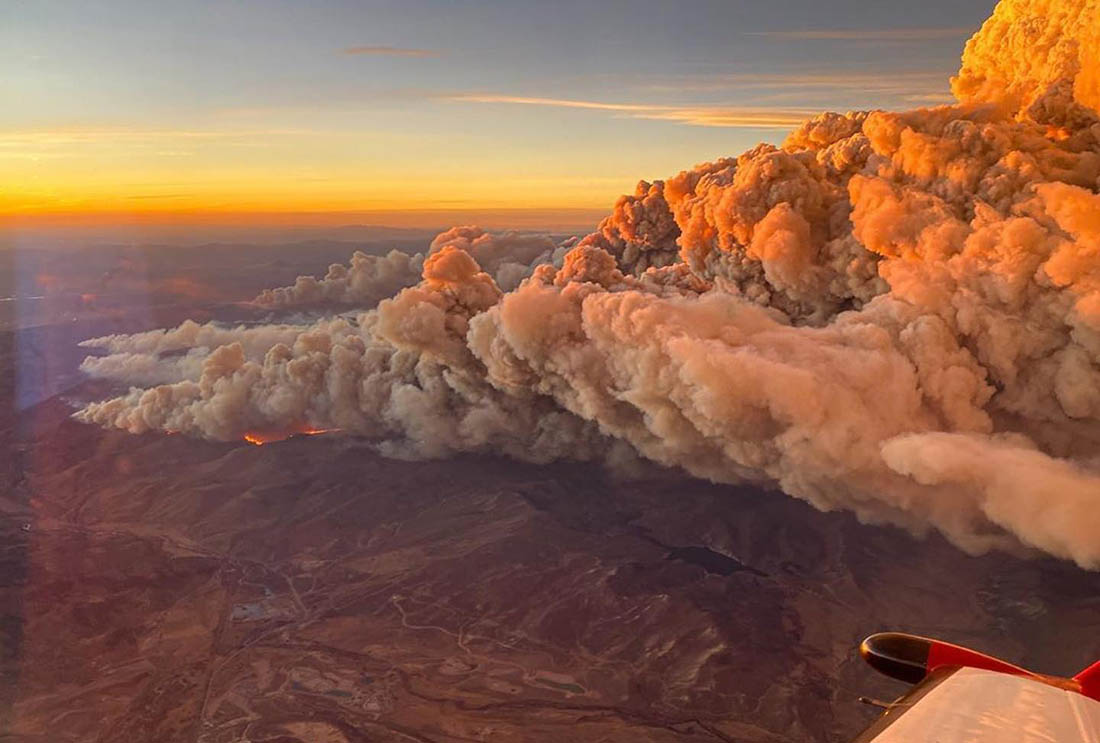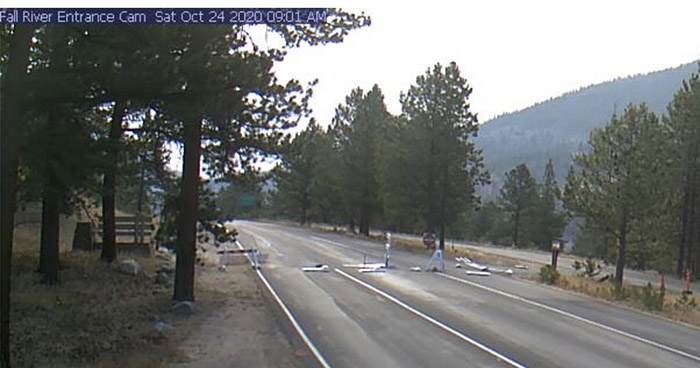Updated October 27, 2020 | 5 p.m. PDT
In a briefing late Tuesday afternoon Orange County Fire Authority Chief Brian Fennessy said the Silverado Fire had burned 12,600 acres, and 78,000 homes have been evacuated.
The Orange County Sheriff’s Department website has the latest information about evacuations.
(To see all articles on Wildfire Today about the Silverado Fire, including the most recent, click here.)
An Incident Management Team from CAL FIRE, Team 6, will assume command of both the Blue Ridge and Silverado Fires Tuesday night.
The two fires had access to 14 helicopters and a variable number of fixed wing air tankers Tuesday.
Both of the firefighters that were seriously burned Monday on the Silverado Fire are still in critical condition.
Update October 27, 2020 | 12:14 p.m. PDT
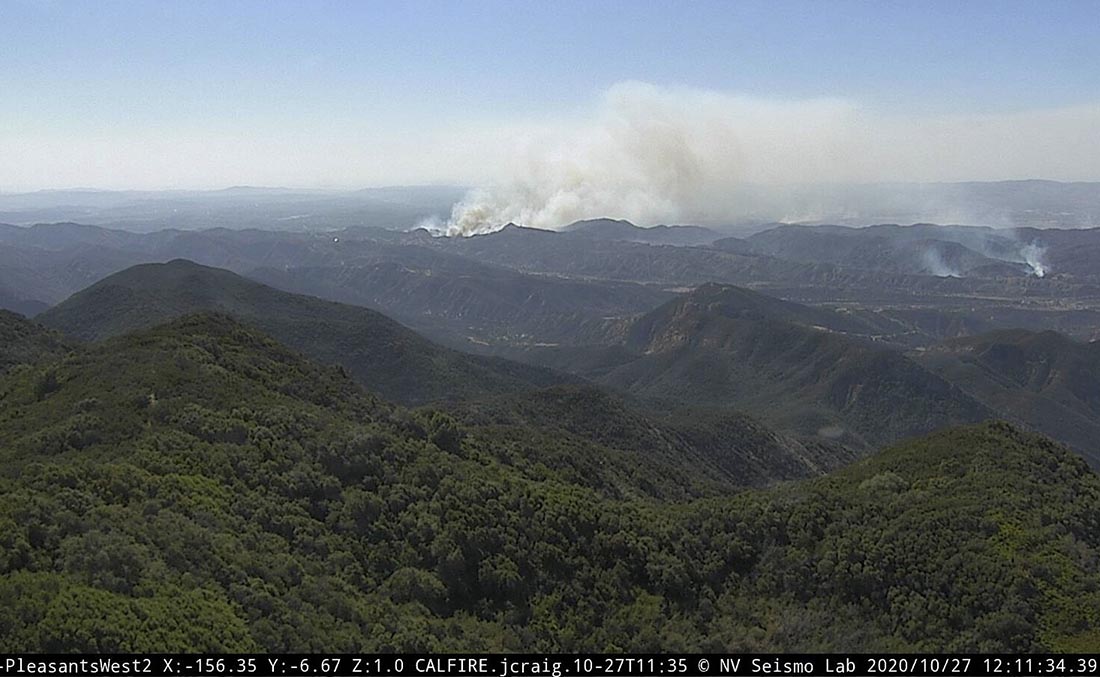
At 9 a.m. PDT Tuesday Orange County authorities said the Silverado Fire had burned 11,200 acres and 76,000 residents have been evacuated.
The weather forecast calls for decreasing winds after 2 p.m. PDT Tuesday, which should give firefighters a better chance to slow the spread of the fire.
Updated October 27, 2020 | 5:26 a.m. PDT
The map above shows the hot areas on the Silverado Fire at 11 p.m. PDT Oct. 26, 2020. The perimeter was not mapped because there was not enough heat for the sensors on the fixed wing aircraft to detect. Many areas that burned had cooled by the time the fire was mapped. You can zoom in and move around on the map.
At 9:26 p.m. Monday Orange County fire authorities said the Silverado Fire had burned 7,200 acres.
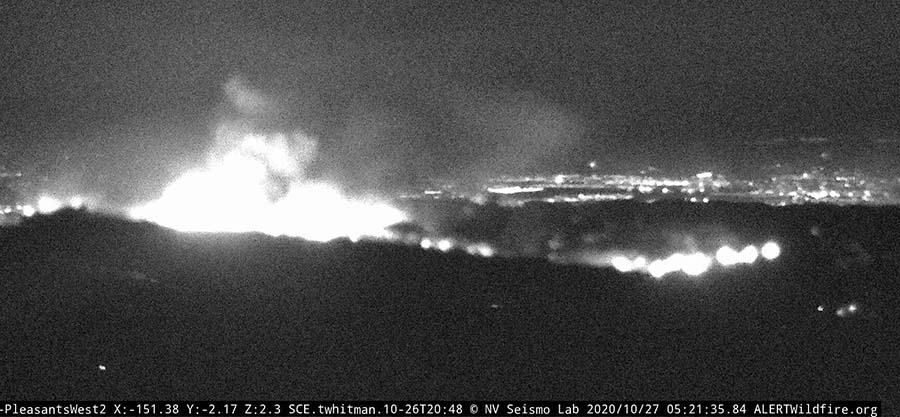
The fire was active throughout the night, but less so than during the day due to a decrease in winds. Those winds began to increase around 3 a.m. Tuesday morning as expected and more flare-ups were occurring, including near Limestone Canyon Road and Limestone Ridge Road.
Several helicopters worked the fire for most of the night, dropping water and assisting firefighters on the ground.
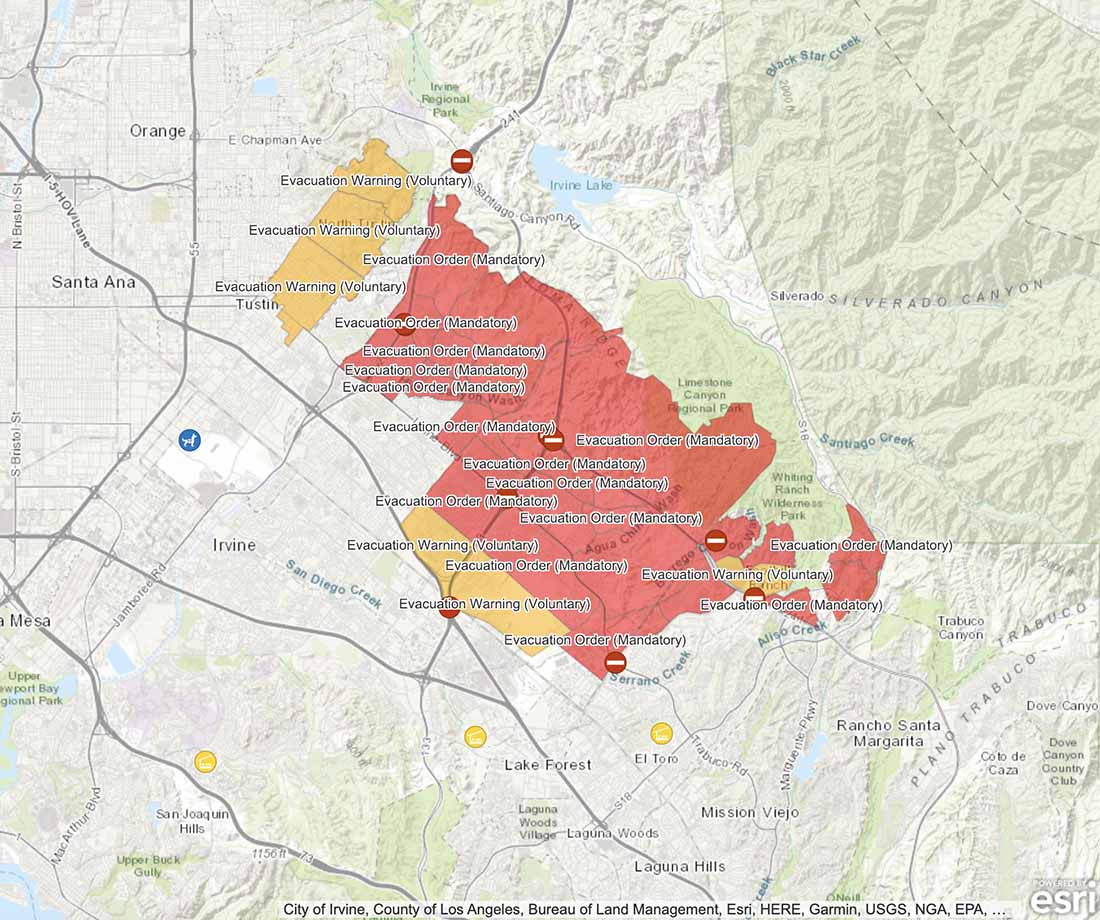
Updated October 26, 2020 | 5:21 p.m. PDT
At 4:30 p.m. on Monday Orange County Fire Authority Chief Brian Fennessy said the Silverado Fire had burned 7,200 acres and 22,000 homes have been evacuated. There have been no reports of structures being destroyed, the Chief said.
Chief Fennessy said two firefighters working on the County’s hand crew were gravely injured on the Silverado Fire. They suffered serious burns and have been intubated.
“They were working near what we call the heel of the fire, where the fire started,” the Chief said. “We don’t have any information about what occurred. We have requested an accident review team from the state to come in and do the investigation… I was with them when their families arrived. We are giving them all the support we can, not only through our Chaplin program, but we have a very comprehensive peer behavioral health program.”
Continue reading “Silverado Fire in Orange County, Southern California threatens structures”

